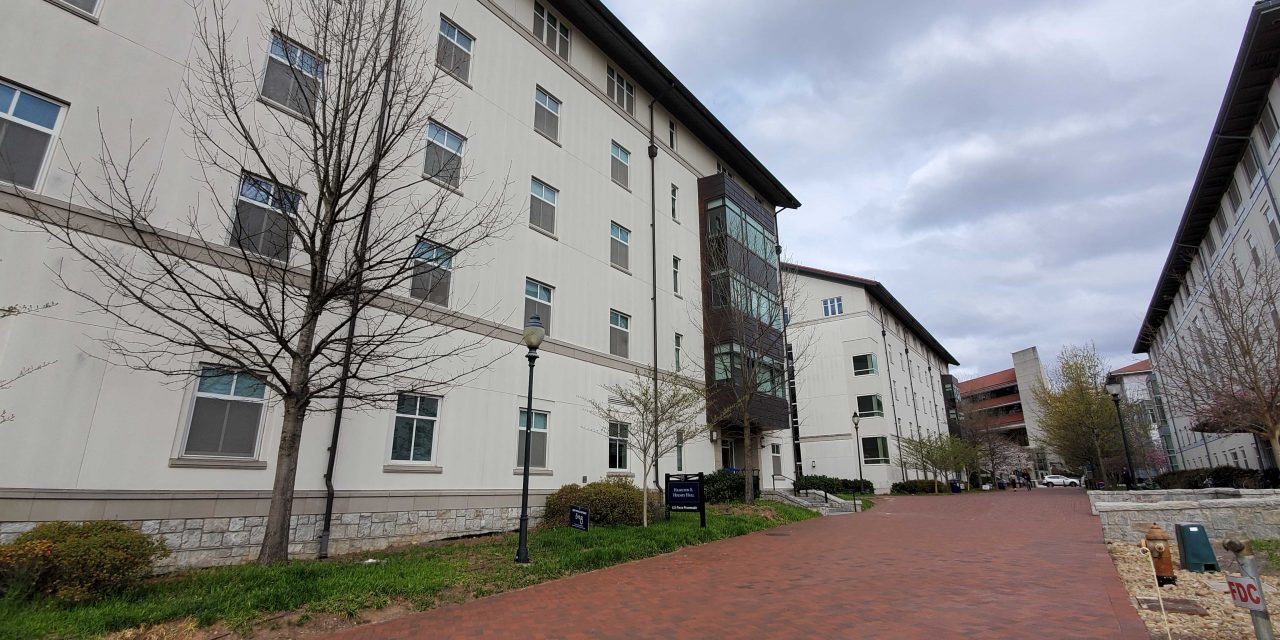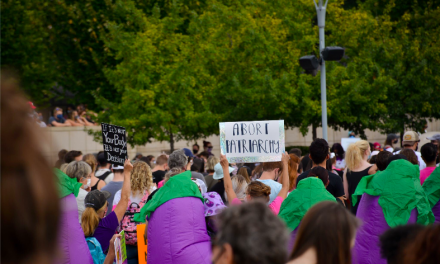Despite being in the majority Black city of Atlanta, Black males make up just 1.7% of the Emory College students as of 2019, according to Dean of Admission John Latting.
In an effort to improve this number and foster a tight-knit community of Black male students, the University established the Black Men’s Initiative (BMI) community in 2017. The offices of Residence Life, Sorority and Fraternity Life, Student Leadership, Racial and Cultural Involvement and Transitions Engagement collaborated to form the group.
Headed by Assistant Director of Residence Life Des’mon Taylor and three other Campus Life administrators, one of the program’s main features is an all-Black male living experience in Hamilton Holmes Residence Hall.
“We started to notice a lack of belonging that was coming from our Black male community across campus,” Taylor said. “We wanted to create an initiative that would promote excellence, professionalism and belonging for the Black men at Emory.”
Black men remain one the smallest groups at Emory, making up just 2% of the student population as of 2020. This severe underrepresentation prompted “hard work on the recruiting side and some policy changes” to increase the pool of Black male students applying to Emory, Latting said.
Among the Emory College class of 2025 applicant pool, 1,123 prospective students identified as a Black male, an 18.5% increase from the class of 2024’s 931 Black male applicants.

The Black Men’s Initiative floor resides in Hamilton Holmes Residence Hall. (The Emory Wheel/Ulia Ahn)
Students like Matthew White (22C), a former Sophomore Advisor (SA) for the BMI floor, said the program helped him “hit the ground” running his first year as he transitioned to Emory.
“When you come in, you already have a group of people set there and you don’t have to go searching,” White said. “BMI allows … all the Black men to come into this space and feel like they have something to cling onto.”
The National Center for Education Statistics recorded a national increase in Black male enrollment rates from 25% to 33% between 2000 and 2018. Emory’s Office of Institutional Research and Decision Support reported that enrollment numbers for Black males in the College have steadily increased since 2014 from 533 to 716 for the 2020 cohort.
Out of an average class size of 1,400 students, the number of enrolled Black men ranged from 23 to 39 students in the past 10 years, with the largest group being from the class of 2023. By contrasting, the class of 2023 features 120 Asian male students and 232 white male students.
“Being able to attend a college like Emory is a very privileged thing,” said BMI participant Kristopher Wallen (24C). “If you look at any metric, there are not a lot of Black males at colleges like Emory. I think an important part of that is numbers that discuss how many Black males enroll in college or their rate of retention.”
The retention rate for Black male students at the College has fluctuated, with a 100% retention rate for the 2010, 2011 and 2017 cohorts but a record low 89.7% retention rate in 2019.
In a National Student Clearinghouse Research Center report from 2017, Black men had the lowest college completion rate (40.0%) and the highest stop-out rate (41.1%), starkly contrasting other groups like Asian women, whose completion rates were 75.7% paired with an 11.2% stop-out rate.
When students are admitted to the College, Taylor receives a list of all students who identify as Black males and reaches out to them. Admitted students can also engage with their peers through programs like ESSENCE and CORE that are geared towards introducing prospective or admitted first-generation students to Emory.
“To be in the living space with the other Black men at Emory, it’s a great way to start off your freshman year,” Julius Pugh (24C) said. “The idea of the BMI floor is to bring together more Black men to build this community of strong leaders.”
Because of the limited capacity in on-campus residence halls and virtual learning environments this year, there are only five Black male first-years and one SA in the floor program this year.
“The pandemic has definitely affected the program in a lot of ways,” Taylor said. “COVID-19 does affect the Black community more than other identities. Having another virtual experience for students was probably not the best thing for engagement but they knew where to go. They knew they had advisors like myself and other Black men at Emory.”
Wallen echoed Taylor’s concerns about integrating into the BMI community after he and other first-years began the year entirely virtually. However, programming events and mentor check-ins have helped maintain engagement.
“We’re obviously missing out on personal face-to-face connection through Zoom chats, but it’s a great community to have and they really adapted well to the online environment,” Wallen said. “I can talk to some upperclassmen who are in BMI and ask them any questions about Emory or questions about any struggles being a Black male on campus.”
The program has also transitioned almost all events online, like meetings with upperclassmen mentors but some limited in-person events have been available for students. The program organized a grab-n-go brunch on the College’s first rest-day, Feb. 17. Students also had a chance to grab any essential items like laundry pods or cleaning wipes for their dorms.
In February, there were Black History Month questions of the day to encourage “dialogue” in the BMI group chat. The program also spotlights two Black men each week in the chat so seniors and underclassmen can learn more about each other.
Looking towards the future, Taylor is hopeful for BMI’s expansion.
“I think we have curated a space where Black men have recognized each other,” Taylor said. “Their leadership, their excellence and overall presence, all those things have grown over the past four years.”
Taylor and current students in BMI are also looking forward to the program’s continued progress and growth.
“From my first year, we only had six boys living on a floor, the following year we filled the floor up with 22 boys,” White said. “That was a great experience to see that BMI theme take off and be a safe space for the Black men who were living on campus at the time.”
Taylor aims to “explore the options of reaching out and expanding” to the Oxford College campus. Latting’s office could not provide the number of Black male students on Oxford’s campus as it is “reported separately to the U.S. Department of Education and they track retention and graduation separately.”
One of Taylor’s goals is for Oxford men to maintain community as they transition to the Atlanta campus. His goal is to reach out to Black male students at the campus through the “student lens” rather than an “administrative” lens.
“Making sure that I have someone there or a group of people here who can connect to my specific experiences and know how to help guide me through it is really important for making sure I feel welcome at Emory,” Wallen said.
BMI is open to all Black men on Emory’s campus and White hopes that in the future, the program will be as supportive and useful to him as it is to new students. He also hopes that Emory might elevate this program to a “larger scale” by having BMI floors in more residence halls.
“Our objective is to retain Black men and support Black programs,” White said. “We don’t get enough recognition and BMI helps facilitate that process. Whoever’s leading it will continue to grow and flourish it, and we will have more Black men represented at Emory University.”
Ulia (she/her) (24C) is from northern Virginia, studying Spanish & Portuguese. She also writes for the Wheel's news section and Emory In Via, Emory's Christian academic journal. Additionally, Ahn is involved in campus residence life and likes to bake in her free time.






